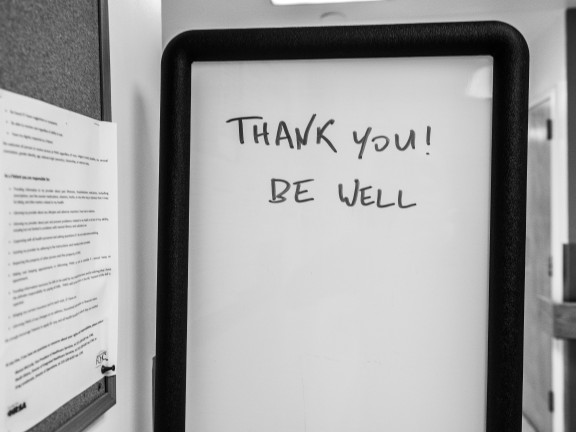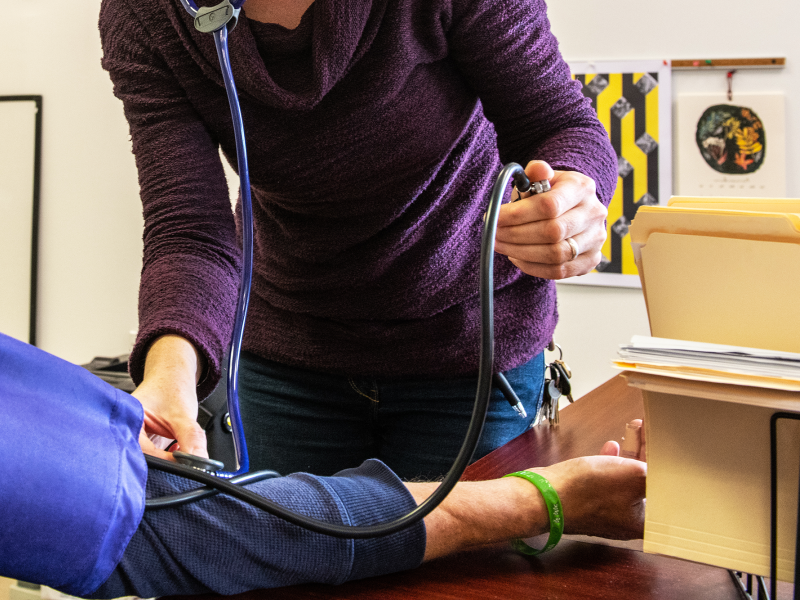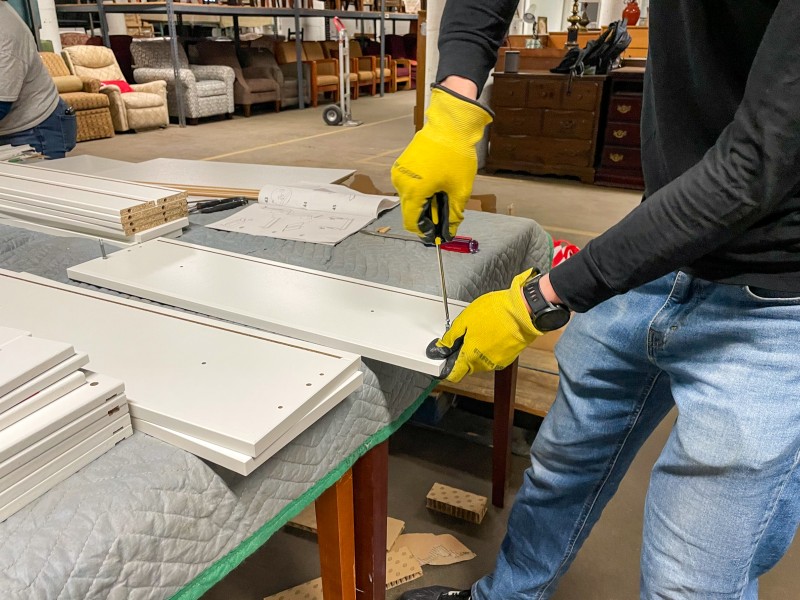Harm reduction and medication-assisted treatment: What is it? Why does it work?

Fastening a seatbelt before driving a vehicle, applying sunscreen before a day at the beach, and putting on a helmet before riding a bicycle are strategies many use to reduce the harm associated with potentially risky every day activities. The desire to stay safe is a natural instinct, particularly when the health and wellness of ourselves and those around us may be at risk. Recognizing this risk and taking steps to protect ourselves is the foundation of harm reduction.
Harm reduction, as it relates to drugs and people who use them, identifies the risk in using drugs and attempts to minimize harm through practical and effective solutions that are evidenced-based, meaning there is research and data to support the use of these strategies in organizations like Pathways to Housing PA. Harm reduction is a person-centered and community-oriented model that prioritizes the safety and independence of people who use drugs and those who engage in other potentially risky behaviors. Harm reduction aims to reduce stigma and helps individuals take ownership of their health and safety. Practicing harm reduction is necessary when working with any vulnerable population. A syringe exchange program, like Prevention Point Philadelphia, is a harm reduction strategy that is proven to lower the number of overdose-related deaths, the spread of viruses, and serious health outcomes related to unsafe injection practices, like sharing and reusing needles.
Syringe exchange programs offer people who inject drugs with access to new, sterile needles and new injection supplies like tourniquets, sterile water, and cotton. Reusing or sharing needles and other injection supplies increases the spread of HIV and hepatitis C—two viruses that can be found in human blood—and increases the likelihood of injuries related to injecting such as skin infections and other wounds. Syringe exchange programs can also serve as an opportunity for individuals to see a doctor, receive testing and linkage services, and access other healthcare services.
Medication-assisted treatment (MAT) is a treatment approach that combines FDA-approved medication with behavioral therapy, often provided by a therapist or counselor, to address substance use disorder. MAT is one approach in a broader group of harm reduction practices used to engage people who use drugs in treatment and healthcare. MAT services are often accessible via syringe exchange programs, primary care clinics, and psychiatrists. MAT for opioid use disorder utilizes medications to help reduce withdrawal symptoms and cravings associated with opioid use. MAT provides individuals with an opportunity to address and manage their substance use in a safe and supportive setting.
Harm reduction and medication-assisted treatment seek to uplift and empower individuals to make informed decisions about their health, wellness, and recovery. At Pathways to Housing PA, we practice harm reduction every day. It is an invaluable tool that helps us to meet individuals where they are and work with them to reach their goals.


